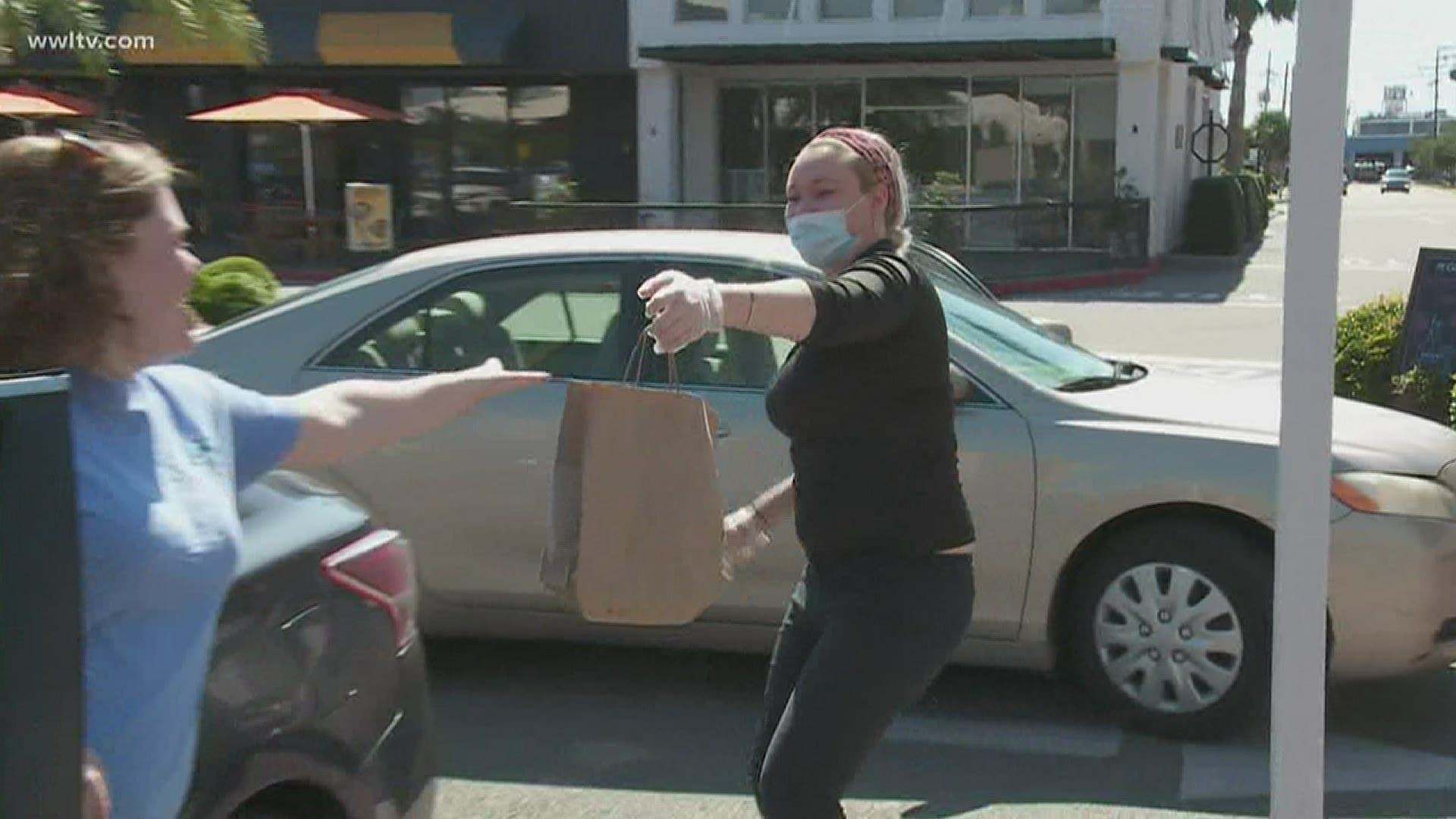New Orleans Mayor LaToya Cantrell and city officials have outlined measures they say it will take to gradually reopen the city of New Orleans to business.
Cantrell, who has been especially cautious as New Orleans became one of the top hotspots in the United States, says health and safety will be the top priorities as the city tries to reopen to more normal commerce.
New Orleans recently has seen a marked decline in the number of cases - and deaths - associated with COVID-19.
Saturday, Cantrell, along with Parish Presidents Cynthia Lee Sheng of Jefferson Parish, Guy McInnis of St. Bernard and Kirk Lepine of Plaquemines Parish sent out a joint letter supporting Governor Edwards’ decision to extend the Stay at Home Order until May 15, something that has met with some pushback from Republican leaders in the Louisiana Legislature and some business leaders.
While Cantrell and the other leaders expressed solidarity, there was already some envy by New Orleans businesses to the small steps allowed by Governor Edwards for outdoor, on-site dining at restaurants and curbside pickup at malls. Several Jefferson Parish businesses were bustling with outdoor tables as the weather was gorgeous, while Orleans businesses stewed.
"We know everyone is eager to reopen. It's not going back to normal; it's what we're calling 'the new normal.' It will be the data and not the date that drives not only the decision but the phased approach to reopen the City of New Orleans. Today, we are outlining what those guidelines will be for the City," said Mayor Cantrell.
Cantrell said the following four measures would need to be in place before the city begins Phase 1 of a three-phase reopening strategy.
- Decline in cases — Sustained trend of low and declining new cases
- Increased testing capabilities — Supplies, staffing, and lab capacity to consistently test 4% to 5% of the population each month
- Robust isolation procedures — Robust contact tracing, monitoring, and isolation capacity to rapidly isolate new cases and their close contacts
- Healthcare capacity — Healthcare system with adequate capacity to treat both COVID-19 and non-COVID-19 patients with
Cantrell also laid out how the three phases of recovery would look, with the third phase presumably returning to how life was before the COVID-19 outbreak.
PHASE ONE
Phase One will ease the Stay Home Order and ease restrictions on some low-risk operations, while implementing limits on occupancy, social distancing measures, and requirements for personal protective equipment (PPE). Sector-specific guidelines will be in place to ensure safe operations. High-risk residents, like seniors and people with serious medical conditions should continue to stay home. People who can effectively work from home should continue to do so. When criteria are met, the City may ease restrictions and progress to Phase Two.
PHASE TWO
Phase Two will ease restrictions on medium risk operations, while continuing limits on occupancy, social distancing measures, and requirements for PPE. Sector-specific guidelines will be in place to ensure safe operations. Large gatherings will continue to be prohibited due to the significant risk of rapid spread through groups. High-risk residents, like seniors and people with serious medical conditions should continue to stay home. When criteria are met, the City may ease restrictions and progress to Phase Three.
PHASE THREE
Phase Three will occur with a vaccine or widespread immunity in the population. It will largely resemble pre-COVID-19 life, although some restrictions may remain necessary.

